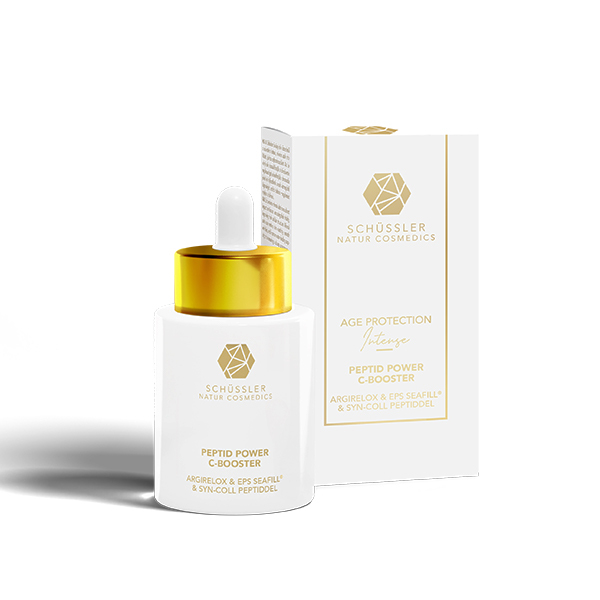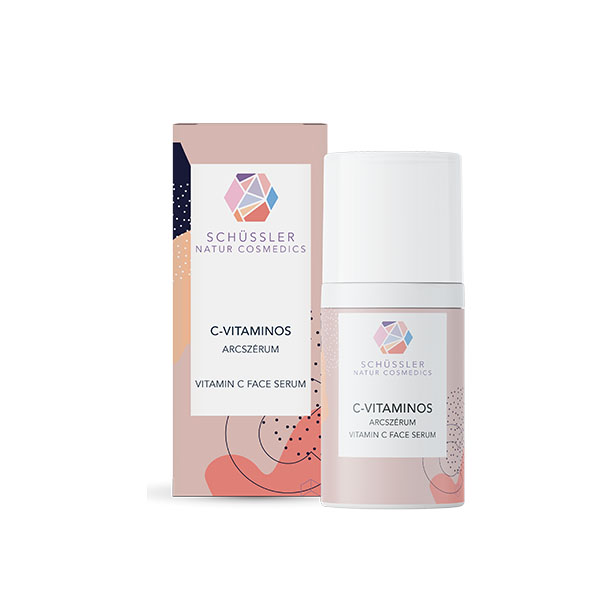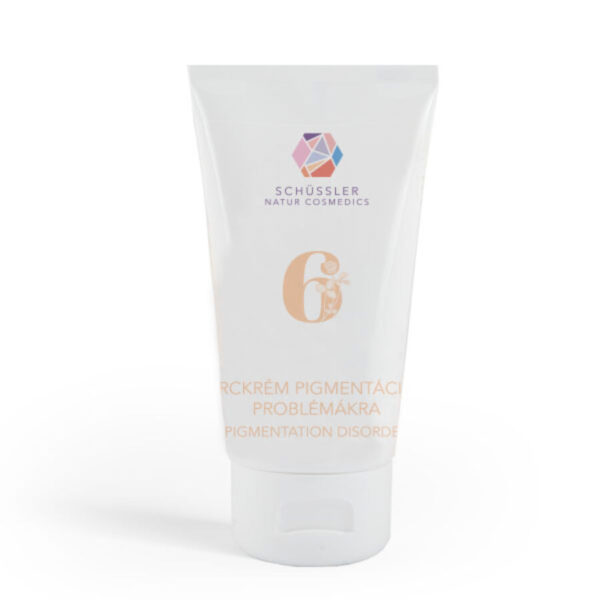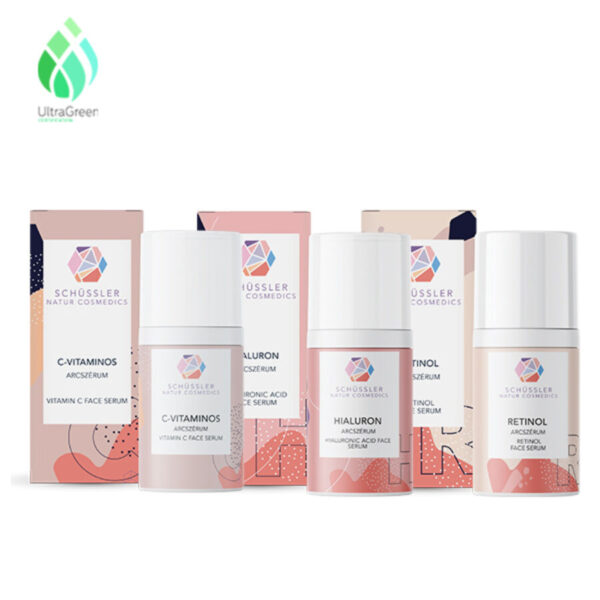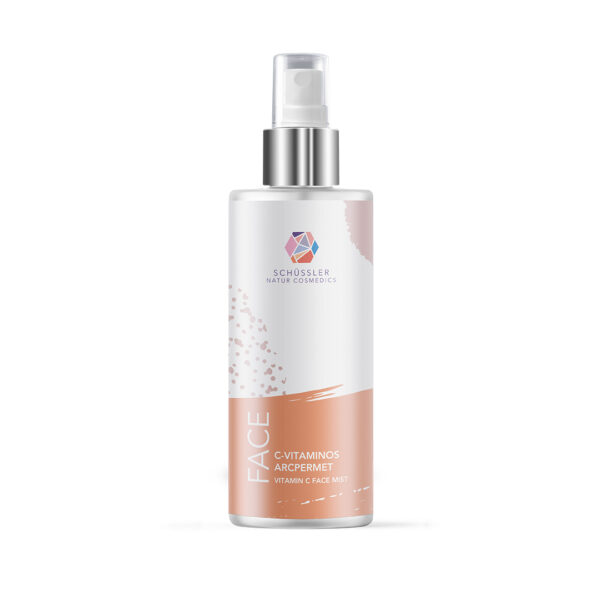Pigmentation disorders
A natural solution for everyday skincare: choose the natural face cream that best suits your skin!
Color of skin depends on the activity and distribution of melanocytes and melanin granules. The process is controlled by neural and hormonal factors. Pregnancy, Addison’s disease and sun exposure all can make your skin darker. Light – dark coffee coloured patches on the skin similar to large freckles that appear as you grow older? More commonly called Age Spots.
WHAT ARE PIGMENTATION DISORDERS?
Skin and hair get their colour from a pigment called melanin. The overproduction of this pigment is responsible for pigmentation disorders, also known as hyperpigmentation. The main cause is sun damage, but genetics, inflammation and hormonal imbalance may also play a role.
WHAT ARE THE CAUSES OF HYPERPIGMENTATION?
- Sunbathing is responsible for the overproduction of melanin as skin protects itself agains sun damage by tanning. Tan fades over time but brown patches and spots remain on the face, around the ears, on the neck, arms and shoulders. Keep in mind that additional sunbathing can excacerbate these dark brown spots .
- Hyperpigmentation called melasma or chloasma is caused by hormonal imbalance. It mainly affects women when melanin production is stimulated by female hormones such estrogen and progesteron. Certain illnesses and contraception pills may also play a role in developing melasma. Melasma is also known as pregnancy mask as it affects many pregnant women.
- Certain illnesses, such as autoimmune diseases, nutrition and metabolism disorders and vitamin deficiency may also contribute to hyperpigmentation. Hyperpigmentation may be the side effect of hormonal treatments, chemotherapy, antibiotics, medications agains seizures and other medications. Pay attention to medication handouts as certain medications and pills may make your skin photosensitive.
- Hyperpigmentation can occur after the inflammation or wounding of skin, e.g. acne, eczema, cuts, burns and psoriasis. Skin may show dark discoloration after the healing of these wounds.
HOW TO TREAT
Consult your dermatologist to find out what exactly are the causes of your pigmentation disorders. Prevention is, of course, the best medicine, thus using Schüssler Suncream with physical protection will protect your skin agains sun damage. Using a cream only once in a while and not regularly will not help you get rid of or fade dark spots. After you stop using these treatments or skin is exposed to sun again these dark spots will return. Incorporate these treatments into your daily skin care routine so that you can maintain the healthy state of your skin and say goodbye to pigmentation disorders.
SCHUESSLER’S TISSUE SALTS TO TREAT PIGMENTATION DISORDERS
Generally, this mineral salt is responsible for detoxification. It is effective for treating skin pigmentation disorders, such as light moles, vitiligo or freckles, and can also be a remedy for dark circles under the eyes. Vitiligo may also be indicative of the deficiency of kalium sulfuricum mineral salt. Brownish discoloration around the inner eyes and yellow skin in an A-line from the root of the nose to the jaw is also a typical sign of a deficiency. Our No. 6. Face cream for pigmentation disorders was specifically designed to treat hyperpigmentation and besides klaium sulfuricum mineral salt it also contains Vitamin C to help fade dark spots. This special type of Vitamin C is water soluble, non-irritant vitamin, an effective anti-oxidant that helps boost collagen production and has the best effect in fading spots. Apply our Vitamin C Face Serum 2-3 times a week in the morning or in the evening after thoroughly cleansing your face. Using this serum on a regular basis will give you an even, vitalised complexion.
5 results
